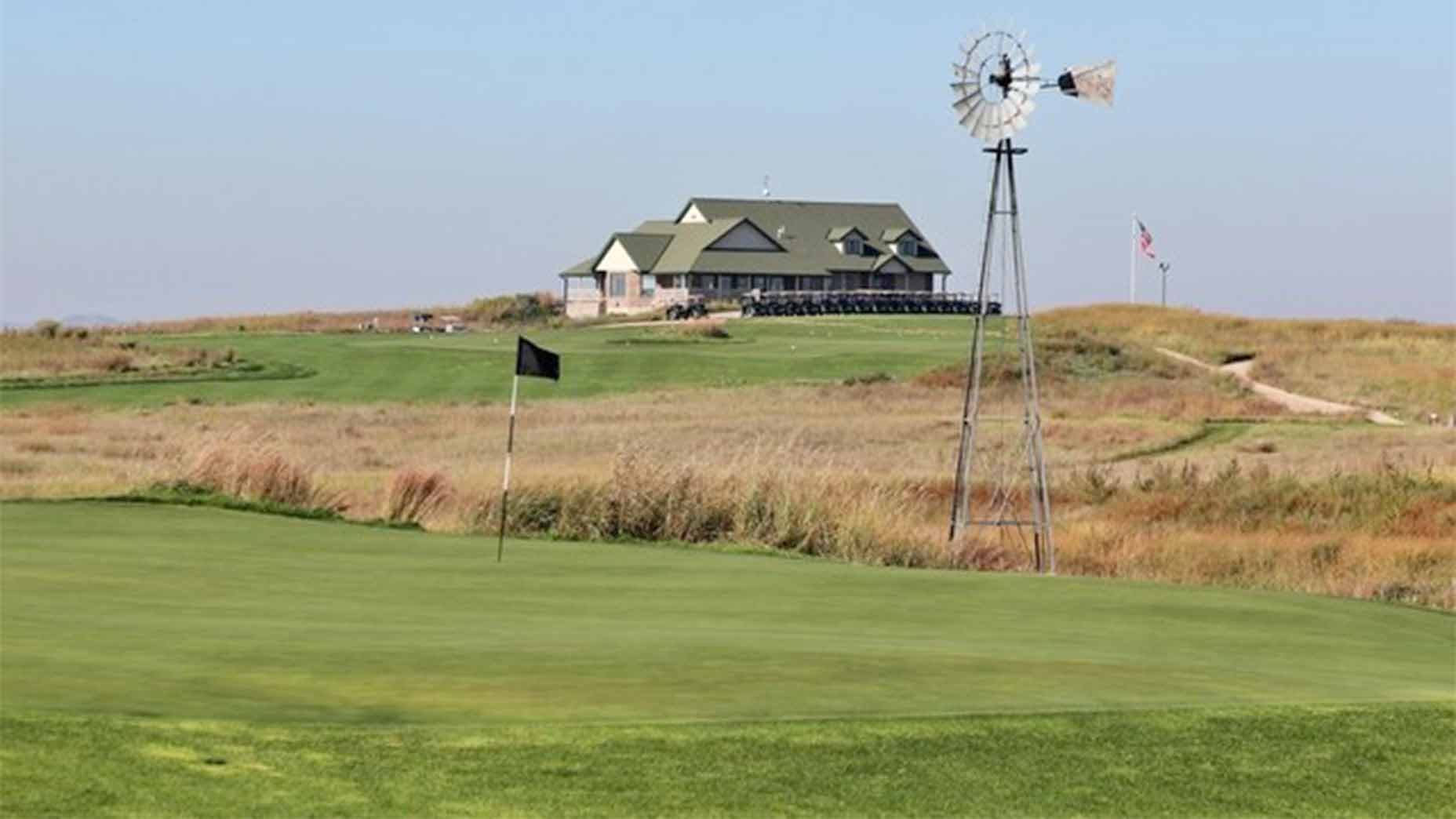 Golf’s average greens fee? Why $37 gets you further than you’d think
Golf’s average greens fee? Why $37 gets you further than you’d think
What makes a great golf course great? Plus 4 other questions for GOLF’s new Architecture Editor, Ran Morrissett
GOLF’s Top 100 course rankings are about to improve in a significant way, with Ran Morrissett stepping in as GOLF’s Architecture Editor. In this newly created role, Morrissett will oversee and GOLF’s esteemed Top 100 course rankings and its panel of expert, well-traveled course raters.
A few words about Morrissett: The 56-year-old grew up in Richmond, Va., in a golf-loving family that comprised a natural foursome — two younger brothers and his father. His interest in golf-course architecture was sparked by family trips to Harbour Town, Pinehurst No. 2 and the legendary courses of Scotland. After graduating from the University of North Carolina-Chapel Hill in 1985, Morrissett spent a two-year stint with the USGA, before moving to Australia and Asia from 1993 to 2000. While in Australia, he and his brother, John, founded GolfClubAtlas.com, which is now the world’s largest website devoted to course design. His travels have taken him to tee times in more than 35 countries.
Two books central to Morrissett’s learning process were the World Atlas of Golf, published in 1976, and Tom Doak’s The Confidential Guide, published in 1993. He helped update both books, which he still considers a great honor.
We recently sat down with Morrissett to better understand his architecture philosophies and what excites him about the state of design. Here are some highlights from the conversation. You can also listen to the entire interview below.
GOLF: You’ve been thinking about course design for nearly 40 years. What first turned you on to the subject?
Morrissett: My mom gave to father, for Christmas in 1977, a book entitled the World Atlas in Golf. Some of the greatest writers of all time contributed to it — Herbert Warren Wind, Peter Thompson, etc., and their text was accompanied by stunning diagrams, hole-by-hole analysis of iconic courses, and they talked about the history of the game. The three Morrissett brothers just became enthralled with the subject matter derived from that book.
When did you become captivated by course rankings?
It was August in 1983 when my dad took us to Scotland — we played Turnberry, Royal Dornoch, St. Andrews and Muirfield. While we couldn’t agree on which was the best course among the four, we all felt Muirfield was the least-distinguished. We jibber-jabbered about this at length during our travels home, and there on the floor in the foyer was GOLF Magazine’s inaugural World Top 50. On the cover was Muirfield and Muirfield was voted No. 1. That sent us into a tizzy — what did we miss?! Since then, we never stopped analyzing and trying to dissect what makes for fun and engaging golf.
What’s the real purpose of a ranking of golf courses?
I’ve always enjoyed golf-course rankings, talking about rankings, drilling down why course A is better than course B, etc. But the real purpose of a ranking, in my opinion, is that it provokes thought and makes you articulate the attributes of design that are important to you. It’s meant to be a launch pad for helping you understand what makes you the happiest, what courses resonate the most with you, where you find the most joy and happiness. Course rankings are a natural way to commence that conversation. Nothing gets people talking faster and louder than golf-course rankings, and I find that healthy. It also means the undertaking of orchestrating a ranking, starting now with GOLF Magazine, comes with an immense responsibility that we’re not going to take lightly.
ADVERTISEMENT

What aspect of course design today most excites you?
There are more people in the United States today than there were at the start of the century, 19 years ago, but fewer people play golf. So somewhere along the line, the message of what golf should be and the benefits of golf have become scrambled, and I think we’re slowly moving the spotlight to why golf is so fun and enjoyable. This shift in conversation is slated to have a meaningful impact on the direction that architecture has in the next 20, 30, 40 years.
In 1997, a course debuted in GOLF Magazine’s World Top 100 that most people had never heard of, and it was called Sand Hills Golf Club, in Nebraska. The photos published in the magazine were absolutely stunning, and this was clearly an entirely different brand of golf than the rigorous, difficult, testing golf that had been trumpeted so long as the ultimate. This was something far more inspiring. It was a stake in the ground, a turning point. Shortly thereafter, Bandon Dunes followed, and then this slew of minimalist courses followed. The whole sport was elevated, redefined and reimagined.
In your mind, what makes a great golf course great?
There’s a nice man in England, Lorne Smith, who writes a monthly newsletter, and his simple answer to that question is, “the joy to be alive factor.” If a golf course makes you happy to be alive, then in his eyes that constitutes a great golf course. I really like the simplicity of that answer. In terms of the things that make me happy, I use golf as a primary form of exercise and as a primary form to reconnect with nature. As such, I enjoy playing in a housing-free zone and on a course that provides engaging puzzles to solve. As you play Pinehurst No. 2, for example, I am fully engaged. Whatever my issues are at home or at work or with my children, they melt away and I am really zoned in on how to tackle the challenges that those greens present. Golf as a form of escapism to make you happy and relaxed, you just can’t overstate the value of that.
To hear lots more Morrissett, hit the play button below to listen to our entire conversation. In the meantime, the North Carolinian is prepping for a late-August trip to Ireland and Scotland. His plan is to play Ballybunion and Lahinch, then fly to Glasgow and play Machrihanish and Machrihanish Dunes, then wrap up the experience at a new course, called Ardfin, on the Isle of Jura. Tough gig, right? Welcome aboard, Ran.
ADVERTISEMENT






